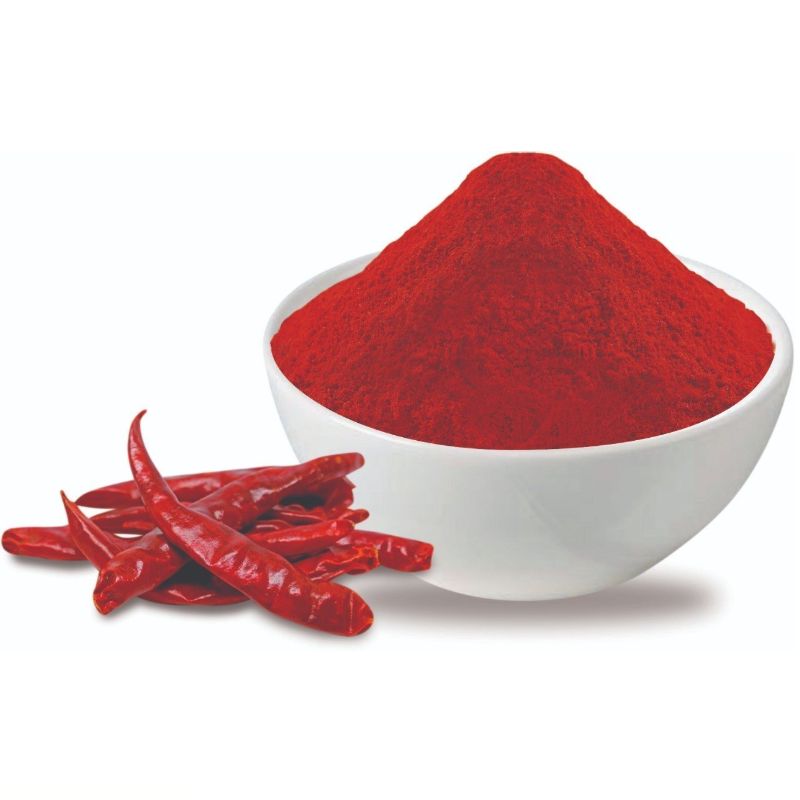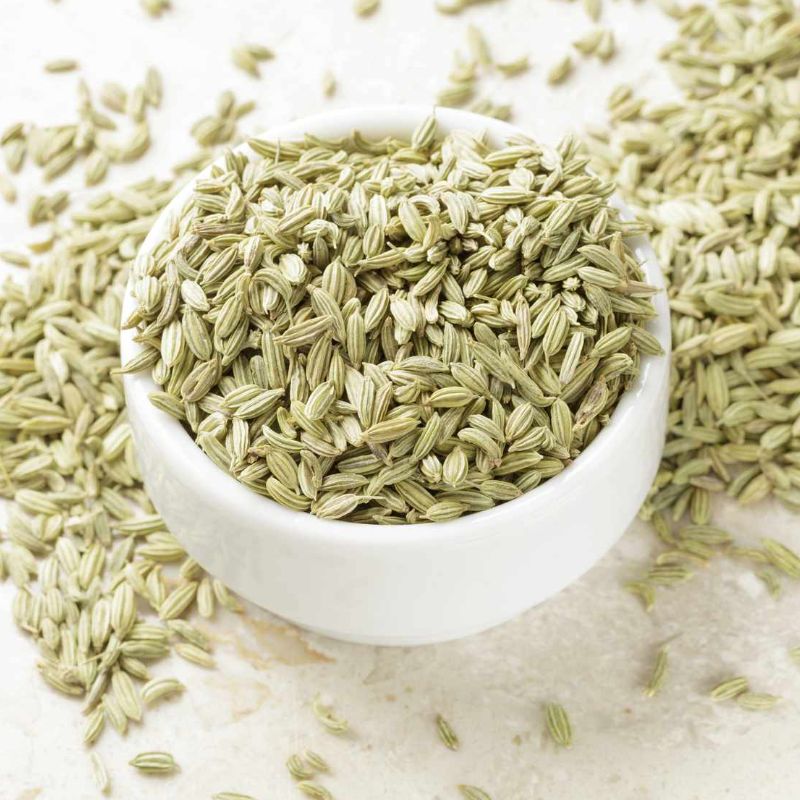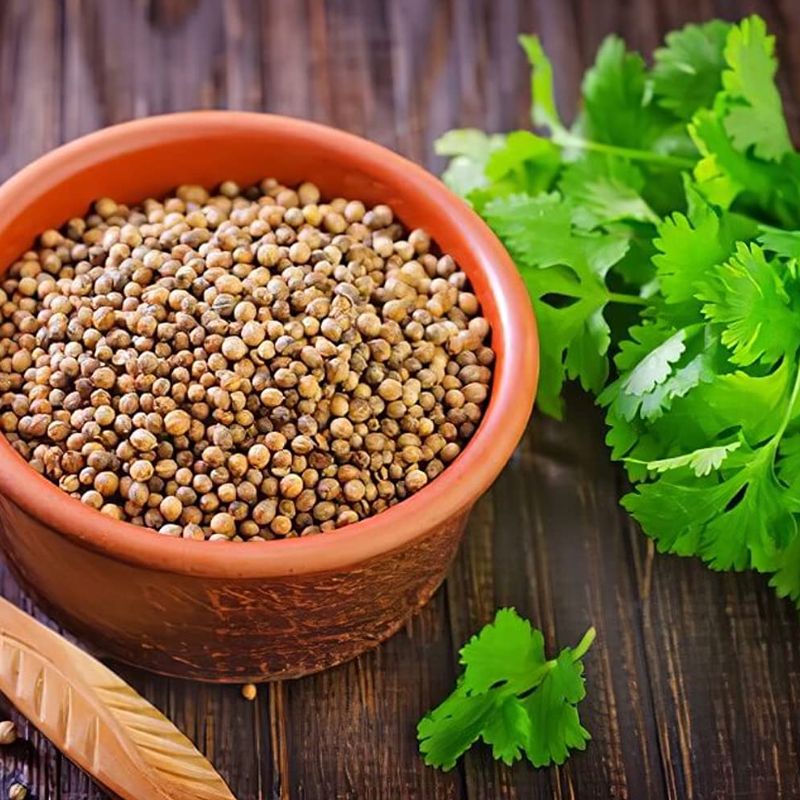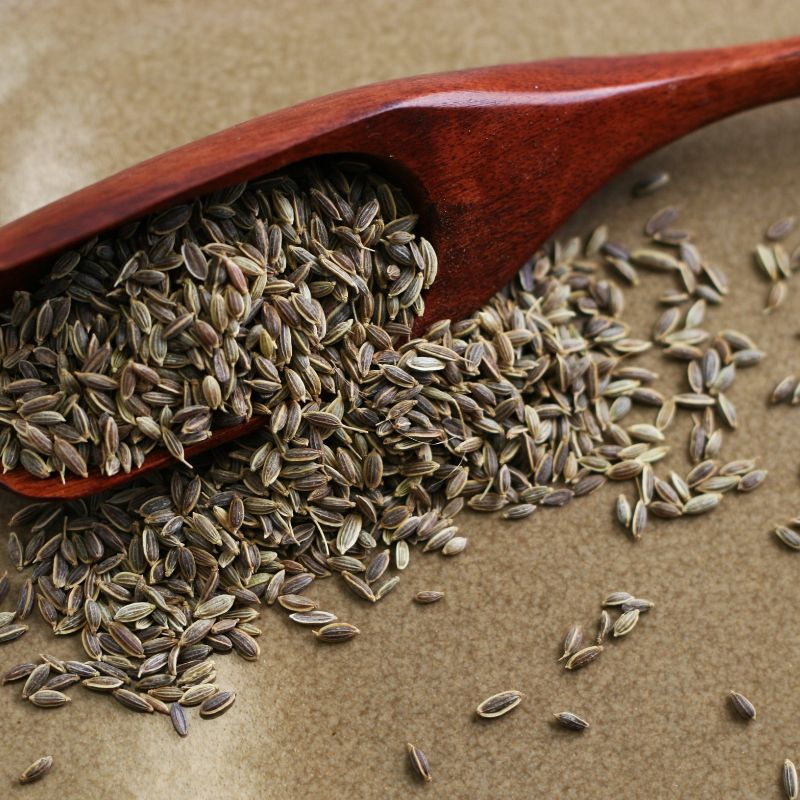Turmeric Finger
Turmeric (Curcuma longa) is a herbaceous perennial plant that belongs to the ginger family, Zingiberaceae. It typically grows to a height of 2 to 3 feet (60 to 90 cm). The plant has an underground rhizome, which is the part that is harvested and used for its culinary and medicinal properties.
₹1,000.00
Turmeric: A Versatile Spice
Plant Size and Type: Turmeric (Curcuma longa) is a herbaceous perennial plant that belongs to the ginger family, Zingiberaceae. It typically grows to a height of 2 to 3 feet (60 to 90 cm). The plant has an underground rhizome, which is the part that is harvested and used for its culinary and medicinal properties.
Taste and Color: Turmeric has a warm, earthy, and slightly bitter taste, with a mild peppery aroma. It is known for its vibrant golden-yellow color, which is due to the presence of a natural compound called curcumin.
Soil Type for Growth: Turmeric thrives in well-drained, loamy or sandy soils with good organic matter content. It prefers a slightly acidic to neutral pH level, typically around 6.0 to 7.5.
Regions of Production: Turmeric is primarily grown in tropical and subtropical regions. India is the largest producer and exporter of turmeric globally, with the states of Andhra Pradesh, Tamil Nadu, Karnataka, Odisha, and West Bengal being the main production areas.
Maturity Period and Environmental Conditions: Turmeric typically matures in 7 to 9 months after planting. It requires a warm and humid climate for optimal growth. The temperature range of 20-30°C (68-86°F) and an annual rainfall of 1500-2500 mm are ideal for its cultivation. Turmeric is a sun-loving plant and thrives in full sunlight.
Physical Properties and Ingredients:
- Turmeric rhizomes are cylindrical, with a rough, segmented surface.
- The inner flesh is orange-yellow, while the outer skin is brown.
- The primary active ingredient in turmeric is curcumin, which has anti-inflammatory and antioxidant properties.
- Turmeric also contains essential oils, vitamins (such as B-complex), and minerals (like iron and potassium).
Shelf Life After Harvesting and Storage Conditions: Turmeric has a relatively long shelf life when stored properly. After harvesting, it can be stored for up to several months if kept in a cool, dry place away from direct sunlight. It is essential to store turmeric in an airtight container to prevent moisture and pests.
Uses and Consumers:
- Culinary: Turmeric is a staple spice in Indian, Southeast Asian, and Middle Eastern cuisines. It is used in curries, stews, soups, rice dishes, and pickles. Turmeric provides color, flavor, and health benefits to various recipes.
- Medicinal: Turmeric has been used for centuries in traditional medicine for its anti-inflammatory, antioxidant, and potential medicinal properties. It is believed to aid in digestion, reduce inflammation, and boost the immune system.
- Cosmetic and Beauty Products: Turmeric is used in skincare products for its skin-enhancing properties. It is a common ingredient in face masks, creams, and soaps.
- Textiles and Dyes: Turmeric has been historically used as a natural dye for textiles, producing various shades of yellow.
- Health Supplements: Turmeric supplements, often containing curcumin extract, are popular for their potential health benefits, including joint health and antioxidant support.
Turmeric’s versatility and wide range of uses make it a highly sought-after spice, both for its culinary and medicinal value, enjoyed by consumers around the world.








Reviews
There are no reviews yet.